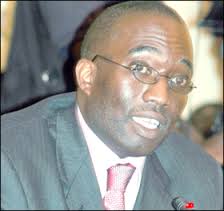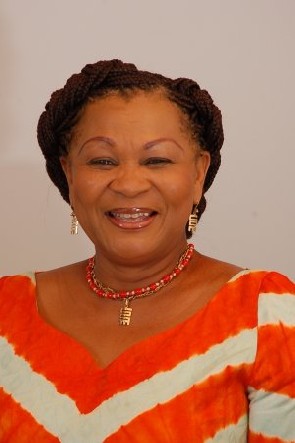 Ghana Statistical Service has tasked Journalists to assist with the dissemination of the findings of the Ghana Living Standards Survey (GLSS) for policy makers and the public to understand and utilize the data.
Ghana Statistical Service has tasked Journalists to assist with the dissemination of the findings of the Ghana Living Standards Survey (GLSS) for policy makers and the public to understand and utilize the data.
Mr Stephen Amoah, who is in charge of Coordination and Capacity Building at the Service said the objectives of the survey would be meaningless should the findings remain unpublicized.
Mr Amoah said this at the opening of a two-day media training workshop, held at Cape Coast for journalists from the Volta, Western and Central regions.
The workshop organized by the Ghana Statistical Service (GSS) was to prepare the participants towards the dissemination of the key findings of the sixth GLSS (GLSS6).
Mr Amoah explained that GLSS was a nationwide household survey, which provided information for assessing the living conditions in Ghanaian households.
GLSS 6 thus provided a wealth of information, which in no doubt served as a benchmark data for policy planners, including, the district assemblies, he said.
It would also aid policy makers to analyse the impact of their decisions on the living conditions of individuals and to identify vulnerable groups for government assistance.
He said the GLSS had emerged as one of the most important tools for welfare monitoring system in the country and Ghana had successfully conducted five rounds of living standards surveys since 1987.
Mr Amoah said the sixth round of GLSS started in October 2012 and ended in September 2013, explaining that the previous rounds of GLSS always had their specific focus whiles the GLSS6 focused on the Labour Force Survey Module with additional sections on Child Labour and Household Services.
The information collected are on the Demographic characteristics of the population, Health and Fertility, Household Income, Consumption and Expenditure Patterns, Prices of Consumer Items and Household Agricultural Production.
Information on Non-Farm household enterprises, Household Asset Ownership, Employment and Time use, Housing and House Conditions of Households and Household Financial Service were also captured.
According to him, the survey covered 1,200 Enumeration areas with an enumeration area population of between 450 and 750. Data was collected from a nationally representative sample of 18,000 households.
Mr Amoah said the data collection involved 30 teams and the field work lasted 12 months, which was divided into 10 cycles of 35 days in which 1,800 households were visited in each cycle.
The journalists were taken through the background of the GLSS, Education and Health, Employment, Housing and Housing Conditions, Child Labour and Poverty Profile.





